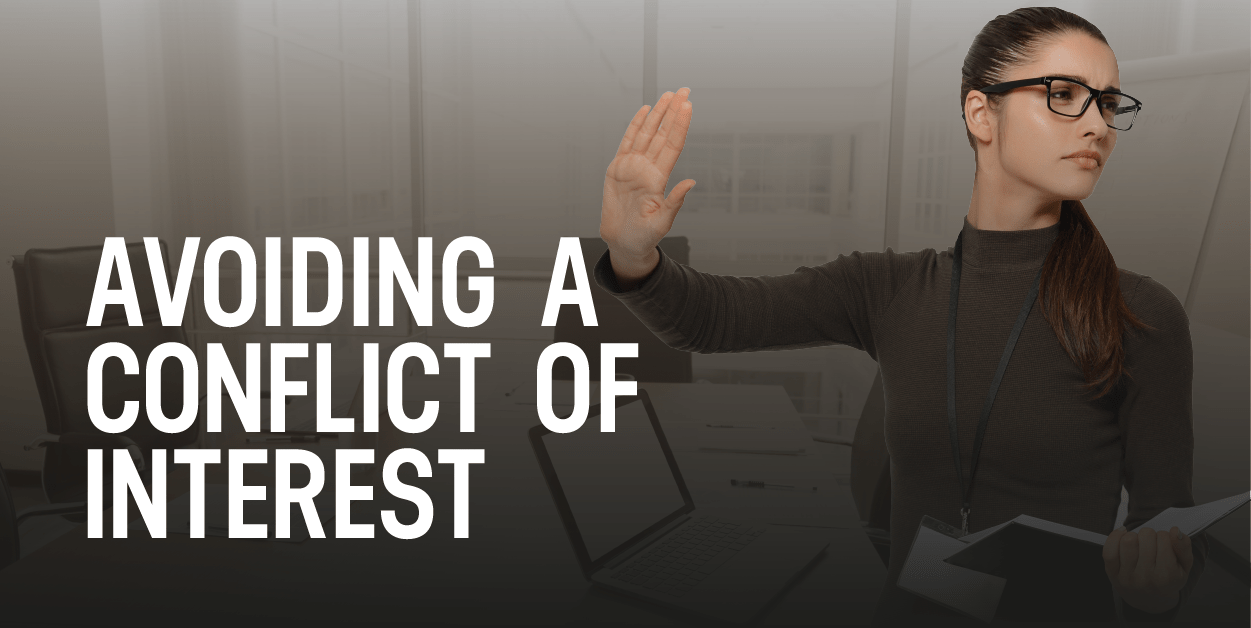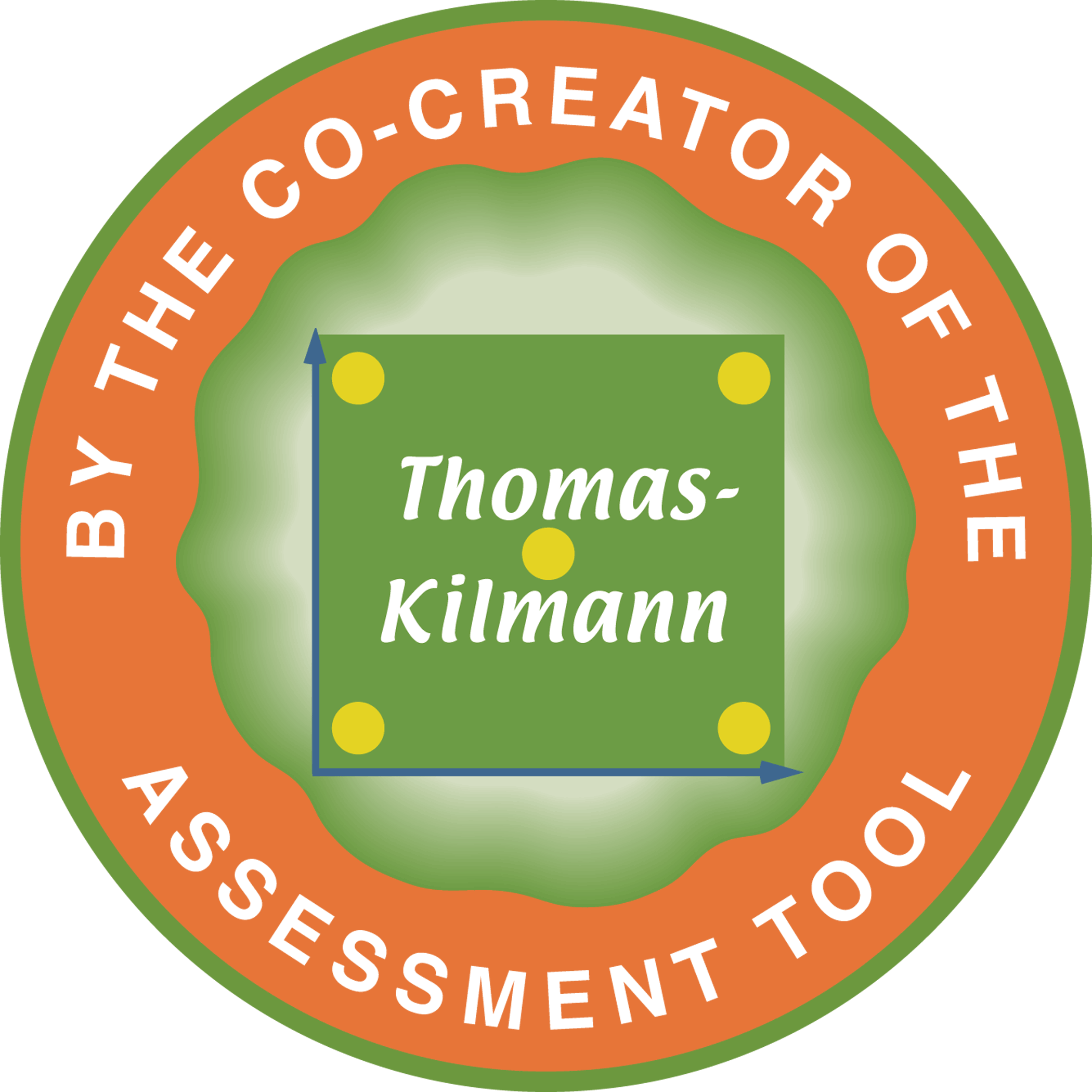04 Jan Good and Bad Avoiding at Home and at Work
Ralph H. Kilmann, co-author of the Thomas-Kilmann Instrument (TKI)
There are two kinds of “avoiding” to keep in mind: good avoiding and bad avoiding. Good avoiding is when you purposely leave a conflict situation in order to collect more information, wait for tempers to calm down, or because you’ve concluded that what you first thought was a vital issue isn’t that important after all. Bad avoiding, however, is when the topic is very important to both persons (and to the organization), but you aren’t comfortable with confronting other people: Instead, you’re inclined to sacrifice your needs for others—which undermines your self-esteem, leaves you perpetually dissatisfied, and prevents you from learning from others.

Bottom line: Only avoid when that approach to conflict serves to satisfy your needs as well as the needs of others—whether in the short term or long term. But don’t avoid conflict simply because disagreement and discord are uncomfortable to you. With awareness and practice (which builds self-confidence), you can easily learn to get both your needs and the other person’s needs met—for the best of both worlds.
Kilmann Diagnostics offers a series of eleven recorded online courses and nine assessment tools on the four timeless topics: conflict management, change management, consciousness, and transformation. By taking these courses and passing the Final Exams, you can earn your Certification in Conflict and Change Management with the Thomas-Kilmann Instrument (TKI). For the most up-to-date and comprehensive discussion of Dr. Kilmann’s theories and methods, see his 2021 Legacy Book: Creating a Quantum Organization: The Whys & Hows of Implementing Eight Tracks for Long-term success.




